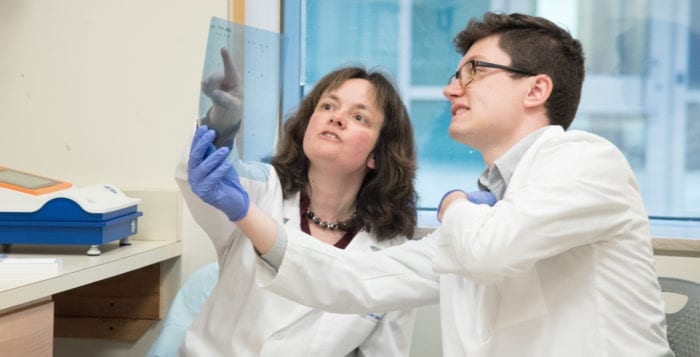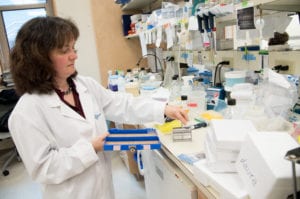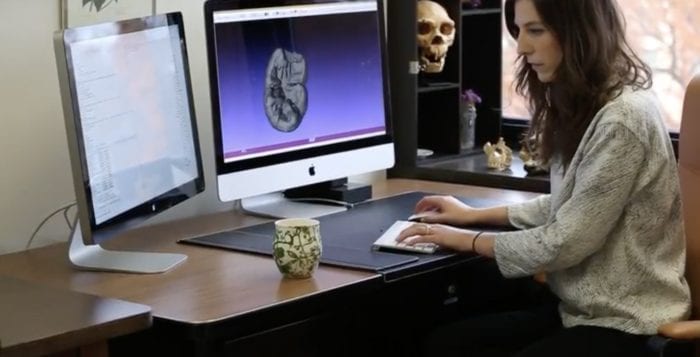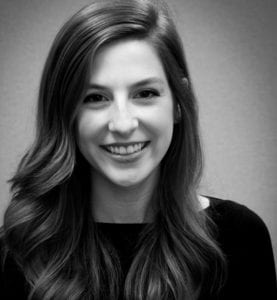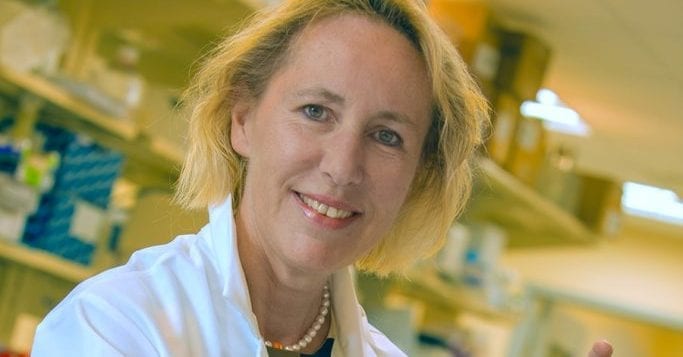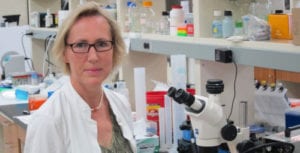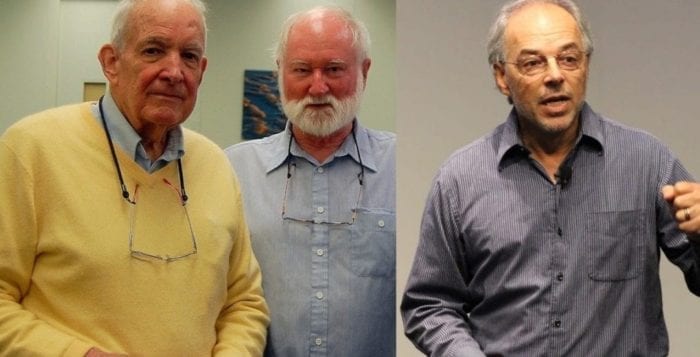With Washington leading the way, we have become a divided nation, bickering, fighting, shouting and disagreeing as if we’re at a competing pep rally.
What are we to do?
Perhaps we need metaphors to turn the thermostat down.
To start with the obvious, perhaps we are a nation of onions. No, we don’t give everyone bad breath and, no, we don’t cause gas. We have layers, as Shrek so famously described in his eponymous movie. The surface, which everyone sees, has a layer of anger and frustration, but peel back a few of those layers and we’re filled with sympathy, empathy and concern for our friends and neighbors who, like us, are pursuing the American Dream.
Sticking with the food metaphor, perhaps we’re a kitchen stocked with incredible ingredients trucked in from all over the country. You may never have been to Idaho, but I can assure you that the simple potato in that state is remarkable for its flavor and texture.
While we have all these wonderful ingredients, perhaps we have a kitchen filled with too many cooks, who are changing recipes and oven temperatures so often that the food we’re baking will inevitably be unrecognizable and either vastly overcooked or undercooked.
Then again, perhaps we’re an enormous cruise ship in the middle of a vast ocean. We’re slowly turning but, because we’re such a huge vessel, we move and change direction at a rate that’s hard to perceive, especially when landmarks are either too far away or are masked by an enveloping fog.
Perhaps we’ve become a collection of angry bees, buzzing loudly, perceiving threats from everywhere and everyone — even inside our own honey-producing hive. Are we truly threatened from within and without, facing insurrection among the ranks of other bees, or are we surrounded by majestic purple mountains? Are we creating such cacophony that we can’t hear the birds singing around us?
We may be a batch of apples, looking suspiciously at the other fruit in the bin, wondering if any of us have turned bad, threatening the entire bunch.
Maybe we’re on a roller-coaster ride, racing up and down, screaming and shouting as we circle tracks that we fear might need repair, hoping to return to where we were so we can regain our equanimity on solid ground again.
Maybe we’ve become a boulder gathering size and momentum as it plunges down a hill. Our anger and frustration propel us forward, even as we ignore the kinds of moments and people who could, and should, unify a country. Have you been to a sporting event lately? I’m not thinking of the athletes as unifying forces.
I’m talking about the salutes to members of the military that often occur during the seventh-inning stretch in a baseball game or during a stoppage in the action in the middle of a hockey game. People throughout the stadium — those who think Trump is either a superstar or an imploding supernova — stand and cheer together, thanking these humble men and women for the sacrifice and service to our country.
Those heroes among us are the few who might do the impossible, catching the boulder or slowing it down as it cuts a path of emotional destruction through an outraged nation.
Then again, maybe the best metaphor to keep in mind amid the finger-pointing and criticism and self-doubt is the document that got us this far: the Constitution. It is the enduring net that protects the country and its citizens, even when we seem to be shadow boxing against each other on a high wire at the top of a circus tent.

